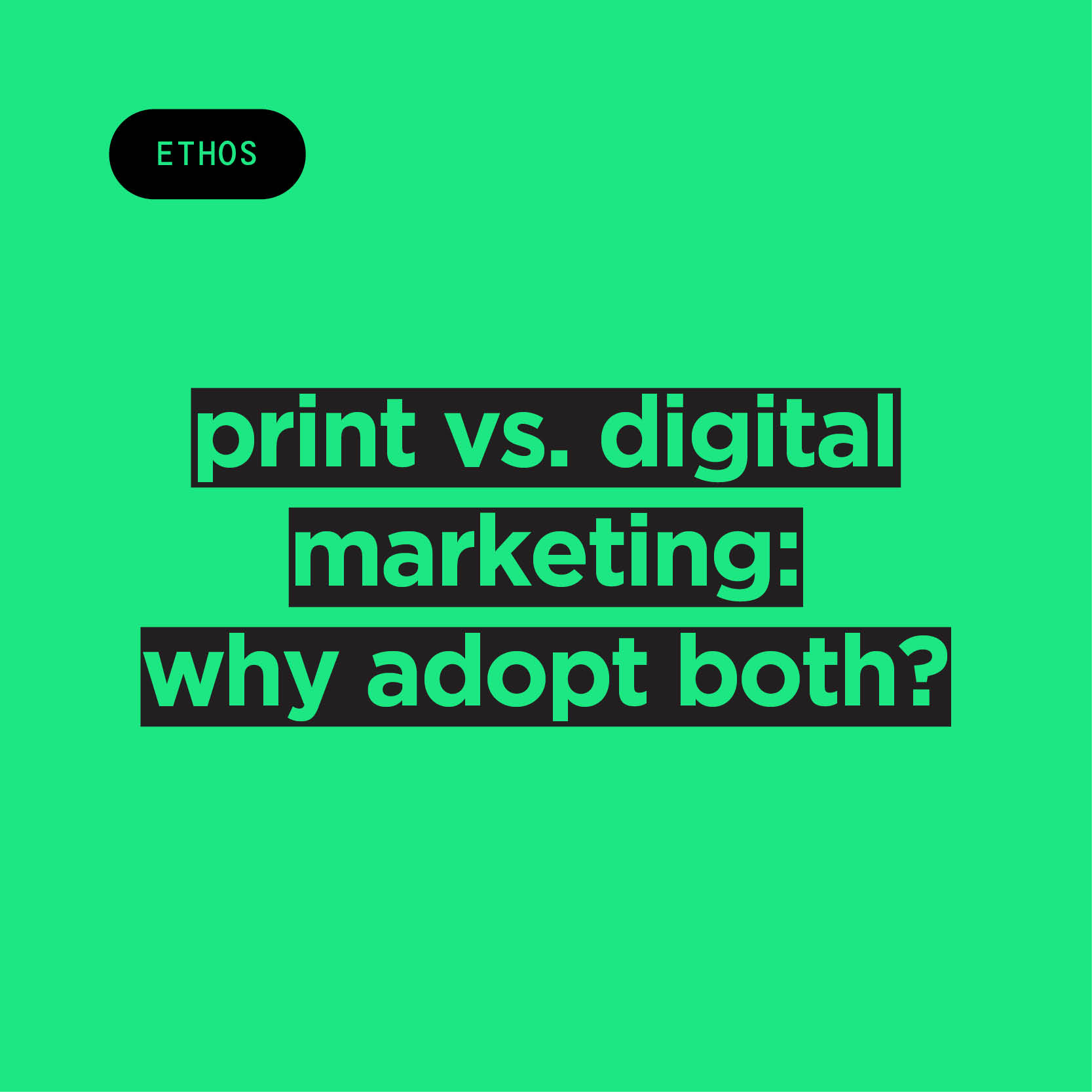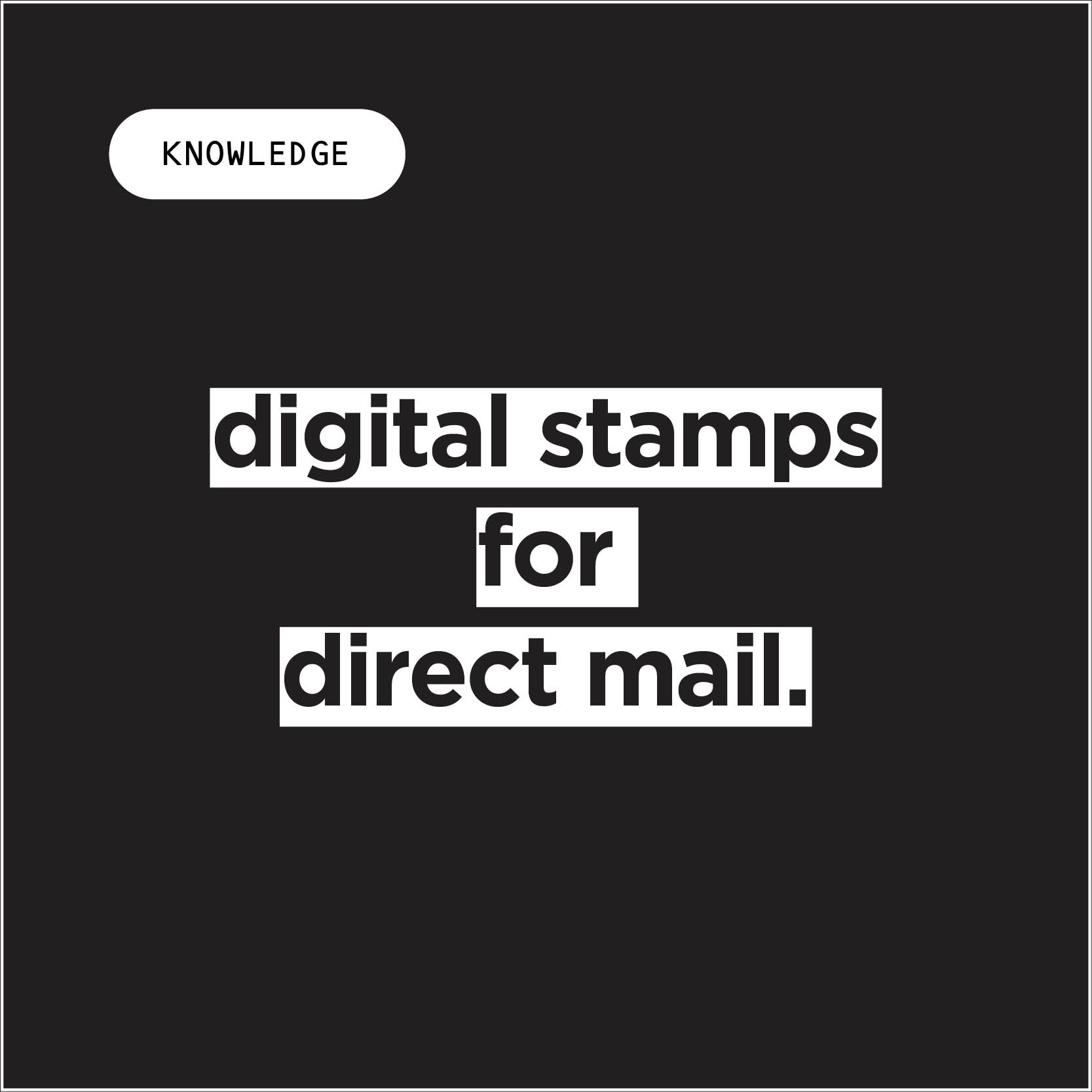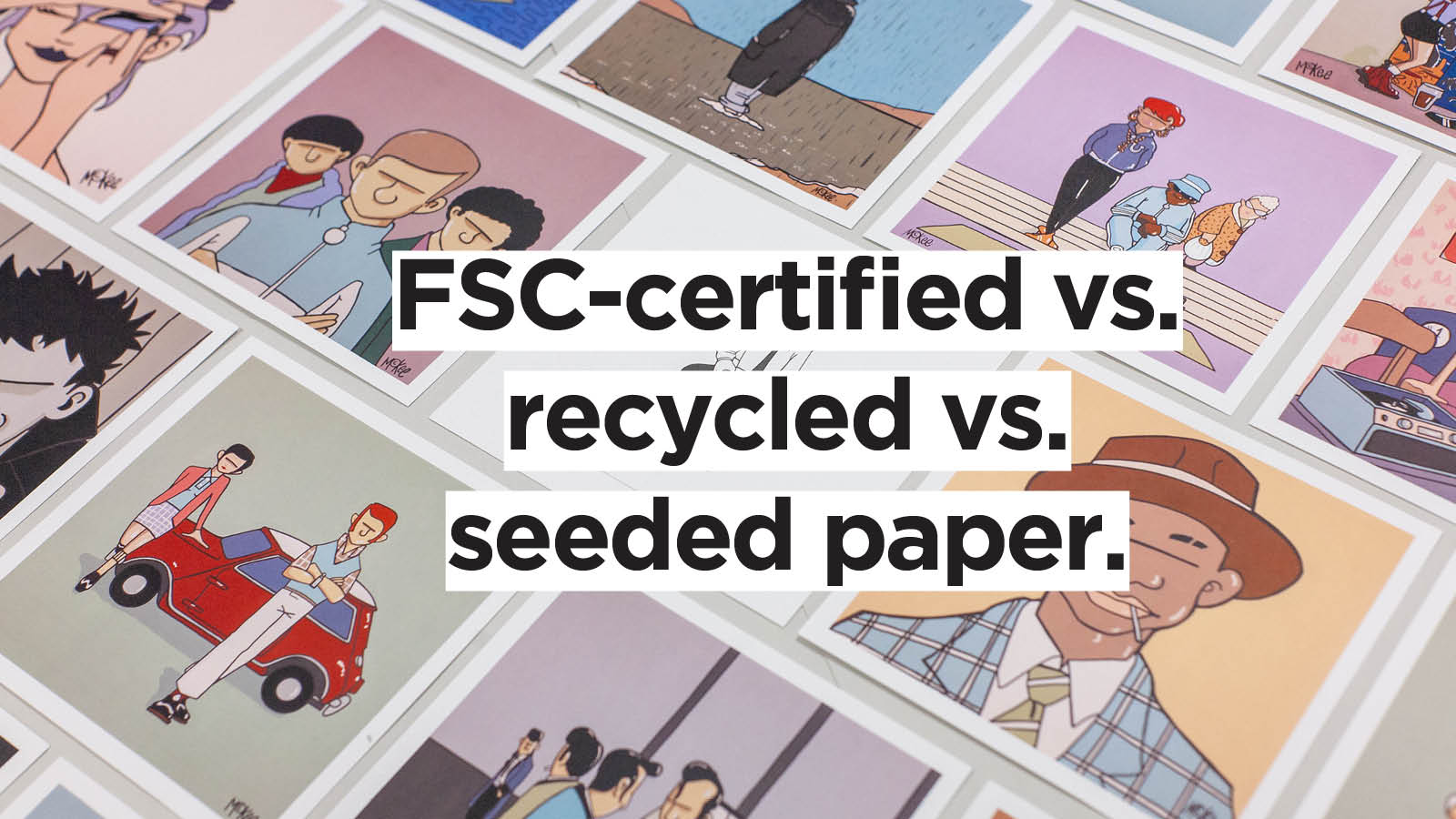
FSC vs Recycled vs Seed Paper: The Key Differences
Planning your next print project and undecided on what paper to use? Jump is here to help.
When it comes to planet-friendly, sustainable choices, recycled and FSC paper are the two leading contenders.
But what are the main differences between them? Which one will guarantee the highest print quality? And which one is more sustainable? Here are the answers to all your pressing paper questions.
FSC paper: The gold standard
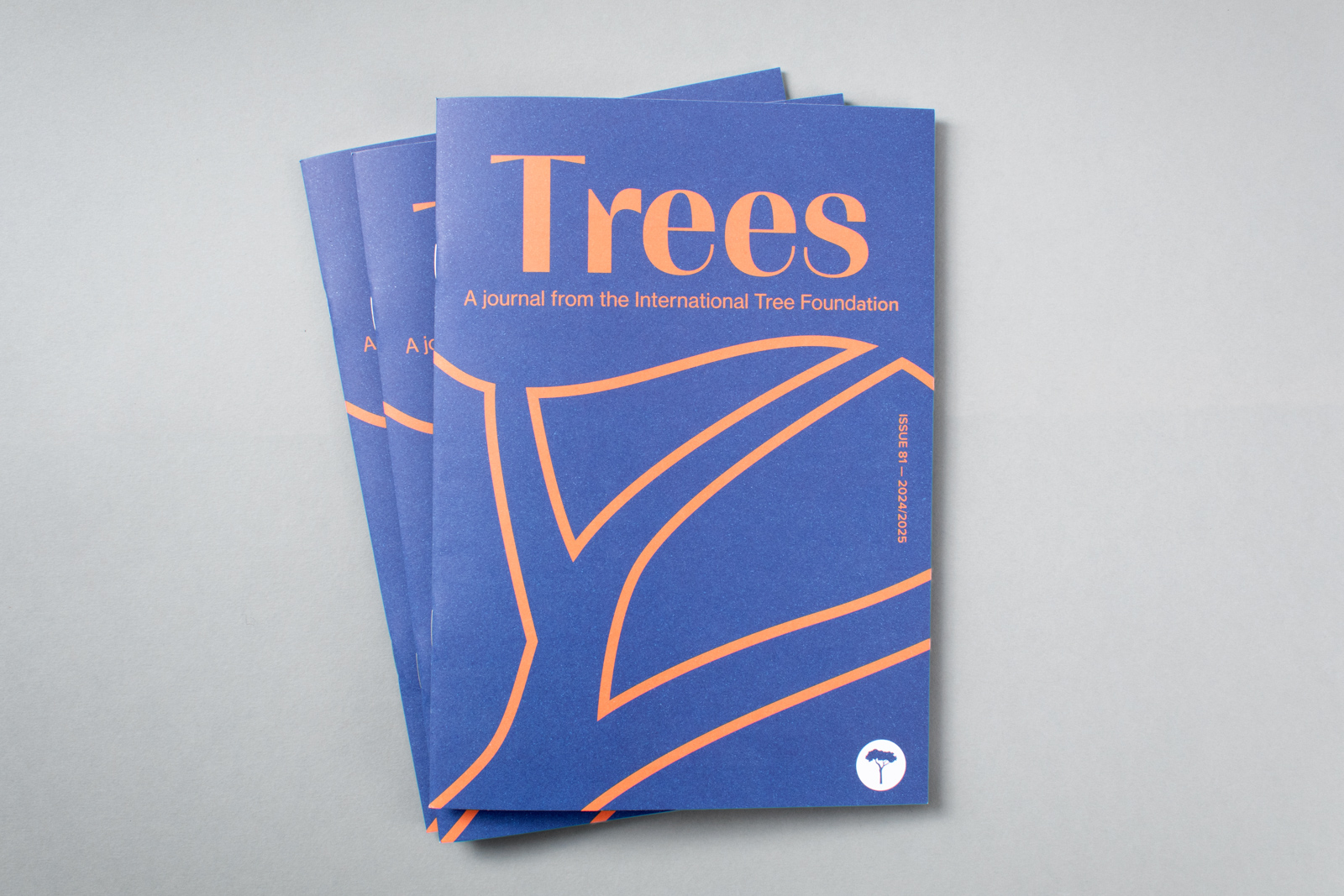
Even if you don’t realise it, you’re probably already familiar with its “tick-tree” logo, but what exactly is the FSC? Short for Forestry Stewardship Council, it’s a non-profit organisation that preserves biological diversity and benefits workers' lives while ensuring economic viability. FSC-certified paper comes from controlled forests that, while existing solely for paper-making purposes, are closely monitored for biodiversity and social responsibility.
FSC paper presents many benefits: it’s sustainable and traceable, produces high-quality prints, and contributes to a global effort to reduce deforestation.
Recycled paper: Pros and cons
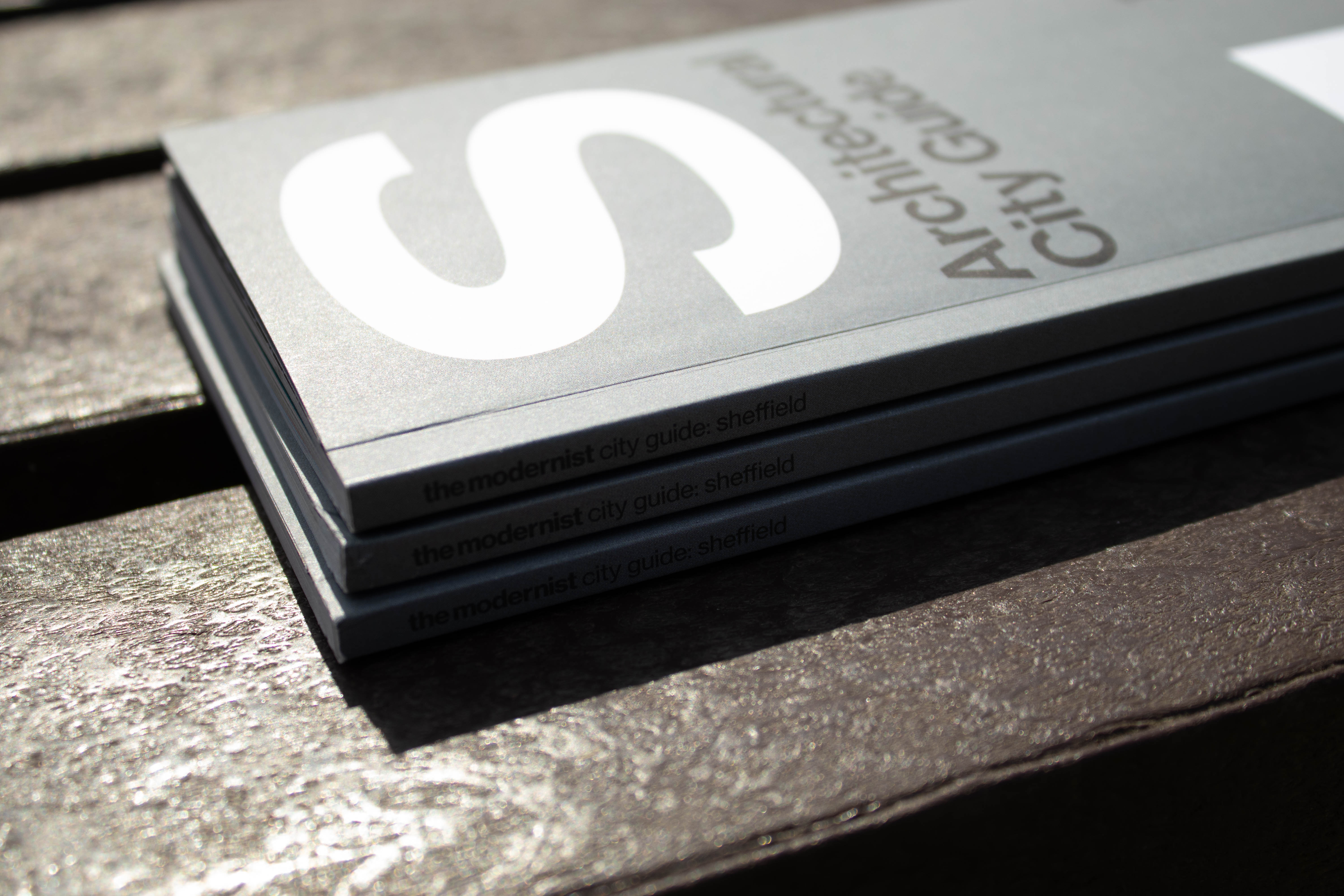
Recycled paper, on the other hand, is created from post-consumer waste, reducing the need for virgin tree pulp and giving used materials a new life.
While that sounds (and is!) great, recycled paper has a few drawbacks: first, there seems to be no standardfor how much recycled material needs to be used for paper to be considered “recycled.”
Secondly, recycling paper is pretty energy-intensive, and it can be done only a number of times before the fibres become too short.
Lastly, recycled paper isn’t the best option for printing purposes: it’s often textured, less bright and smooththan virgin paper. So, unless that’s the look you’re going for, recycled paper usually isn’t as suitable for high-quality printing.
Seed paper: The outlier
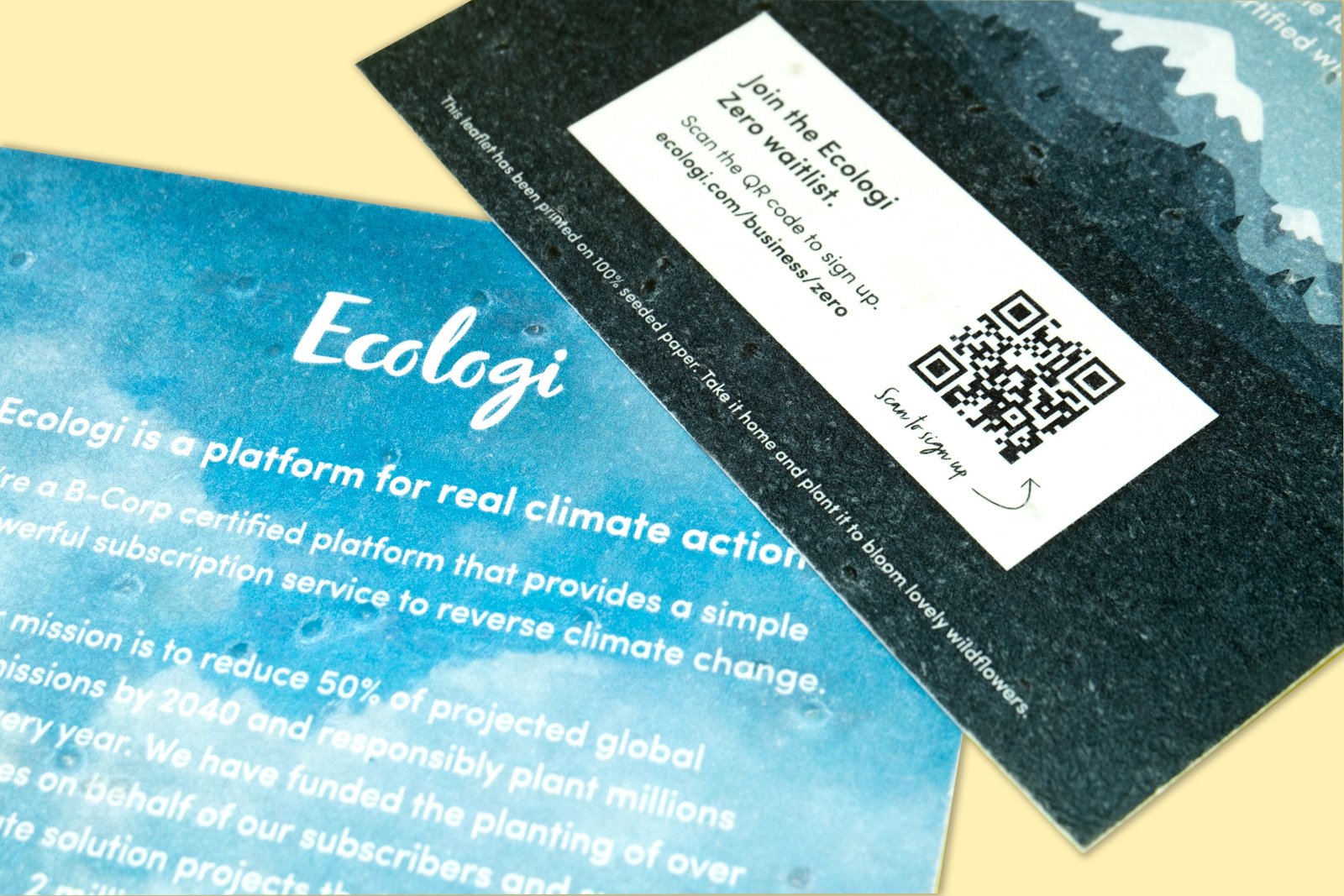
A striking and sustainable alternative to paper and cardstock, seed or plantable paper certainly has a unique look that sets it apart from FSC and recycled paper.
Made from recycled cotton, paper, or wood pulp, seed paper is embedded with live seeds (hence the name) that, if planted correctly, will grow into plants (be it flowers or even vegetables). Seed paper can be made by hand with traditional paper-making methods, or by a large-scale commercial paper mill. Due to the materials and processes used, plantable paper has a very different, even rustic look.
What makes seed paper different is not only its singular appearance, but also its usages. The presence of seeds makes plantable paper is thicker than regular paper, and the heat required by some printing processes can end up damaging the seeds. For this reason, the best printing methods for seeded paper are using an inkjet printer with a top-loading gravity-fed system, offset printing, screen printing, or using a letterpress.
Which paper is better for your project?
So, what paper should you use for your next project? That depends entirely on the project itself!
If your goal is obtaining the highest possible quality while prioritising sustainable sourcing, FSC paper is the one for you.
On the other hand, if your project suits a less sharp, more textured look, recycled paper can add an interesting tactile feel to your collateral, enhancing the user experience in a different way.
Lastly, if you’re looking for a true attention-grabber, seed paper immediately conveys your sustainability stance while creating a unique piece of work. It’s also worth noting that plantable paper is only suitale for short-run projects.
Still unsure? Get in touch with the Jump team at hello@wearejump.co.uk to discuss the best options for your business.
Which one is more sustainable?
While recycled paper might, at first glance, seem like the most sustainable choice, FSC-certified paper offers many advantages that recycled paper doesn’t provide: traceability, sustainable sourcing, and the guarantee of the highest possible quality.
That said, seed paper offers more than just sustainable sourcing, like FSC paper; it actively benefits the environment by supporting plant growth after use. Unlike FSC-certified paper, seed paper is fully compostable, and helps reduce waste by giving print collateral a new life. While FSC certification is beneficial, seed paper delivers a more immediate and concrete environmental benefit.
